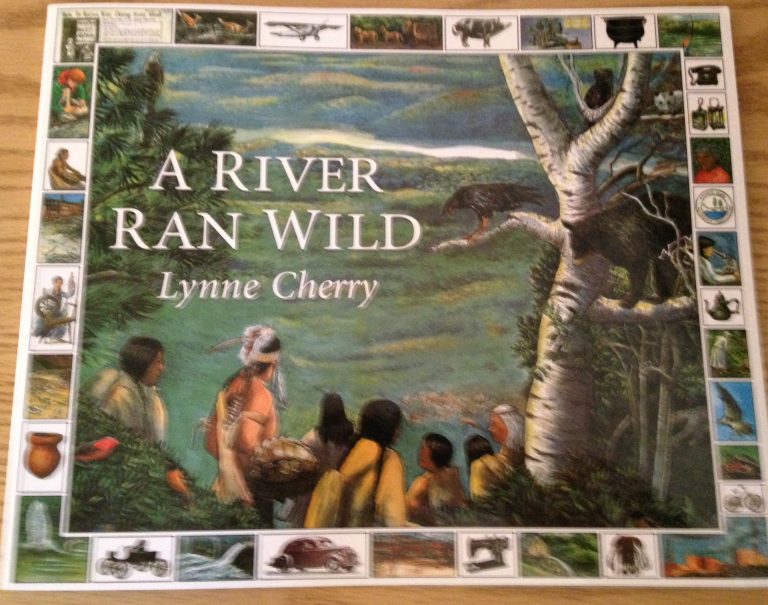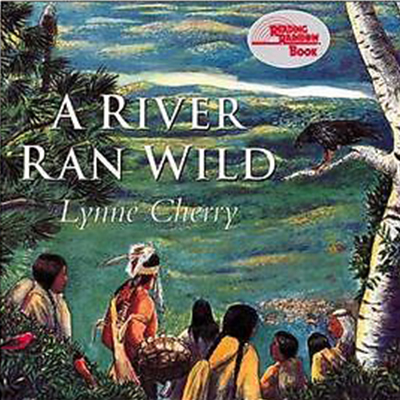
My edition has a Reading Rainbow sticker on it, and I’ll bet this story made a good Reading Rainbow episode.īy turns beautiful, tragic and inspiring, this is the story of the Nashua River from the time the first native peoples discovered it, through European-American colonization, to the pollution of the industrial revolution and beyond, the destruction, and finally the restoration thanks to the efforts of Marion Stoddart and the Nashua River Cleanup Committee in the 1960s. The Europeans saw what was there are commodities, to be used/exploited and, despite the successful clean up effort in this case, many Americans (and I’m sure many others) still seem to have that point of view.Īlthough there was a lot of information here, and I have interest in river clean up and in the environment, I found myself drawn to the artwork more than the account, and the part of the text account that most interested me were the first few pages, before the white settlers arrived and well before the river clean up was needed. It was interesting to read about their differences in how they viewed nature.

The Native Americans (Indians here) shown as all good and the European settlers as all bad, probably nearly true but not quite. But I found most of the text account just okay. I never knew that the European settlers thought the forest bad luck and that’s why they cut down so many trees. The two maps are also done well, and I always enjoy maps in books. I absolutely adored the illustrations, both the large paintings on one side of the page and the tiny miniature paintings on the other side of the page.

I would have appreciated some extra material in the back with ideas for kids, with more detailed information about the clean up efforts, etc. This is a terrific book for activist kids or as a motivator to show how a very few people can make a very big difference in making the world a better place.


 0 kommentar(er)
0 kommentar(er)
